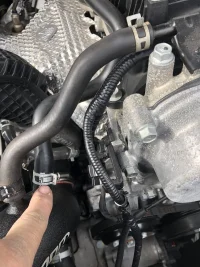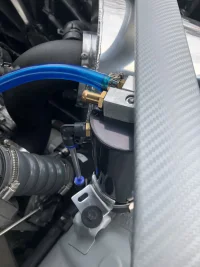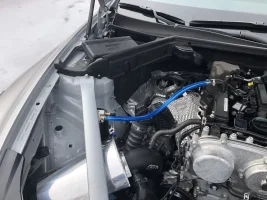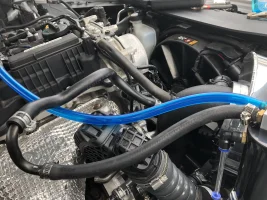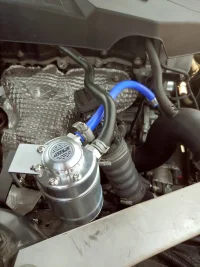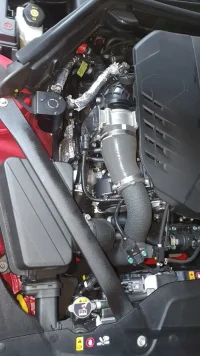rocket23
1000 Posts Club!
Here's a pictorial of my catch can install. The 1st pic is the hose you want to ''lead'' in to the catch can I used the oem hose for proper mounting, however the dull black hose is old washing machine hose to make the final connection.....sure I could of cut the oem hose but I decided to keep it whole just in case I decided to return to oem spec's......but I doubt it.Here they are in order of install. enjoy.
